Reportar esta entrada
Más sobre la misma comunidad-colección
Girls' Rifle Team, Texas College of Mines - El Paso, Texas
The photograph shows the girls' rifle team of the Texas College ...
Basketball Team, College of Mines
The image shows the Texas College of Mines basketball team in ...
Reva Reyes with Dancing Partner Mr. Villareal
El Paso native Reva Reyes posed here with her dancing partner, ...
Mr. y Mrs. C. Chavez - El Paso, Texas
The portrait shows the bridal couple Mr. and Mrs. C. Chavez. The ...
William Ewing Thomason y Isabelle Thomason
The portrait shows the two children of Robert Ewing Thomason, ...
Angelina Virginia Winkler - El Paso, Texas
Angelina Virginia Winkler wrote the book Texas Hood's Brigade. ...

















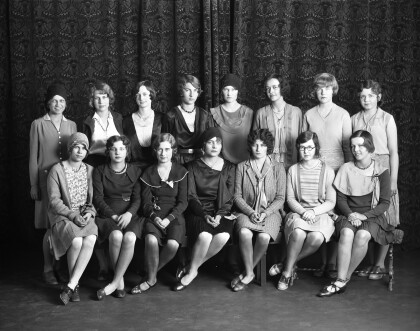
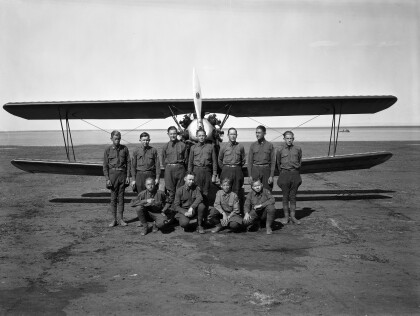
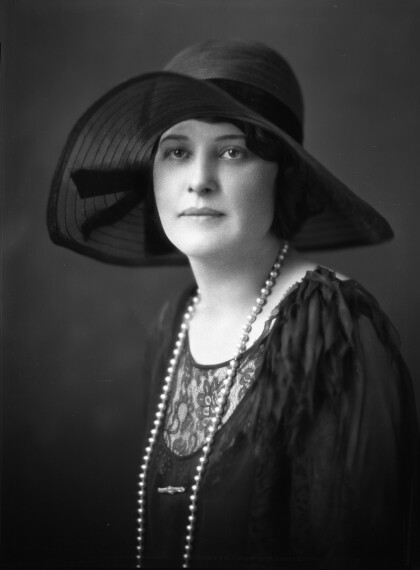
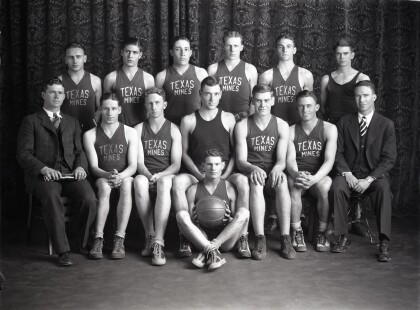
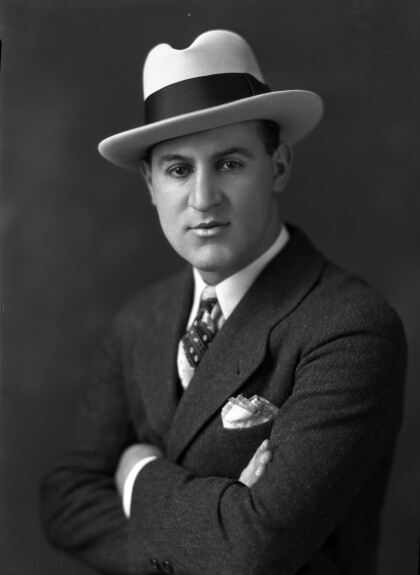
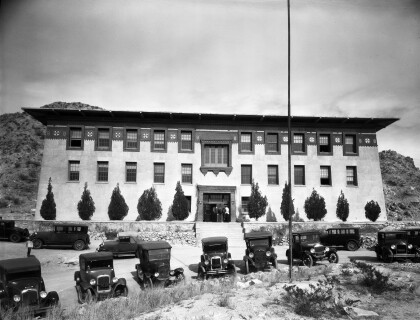
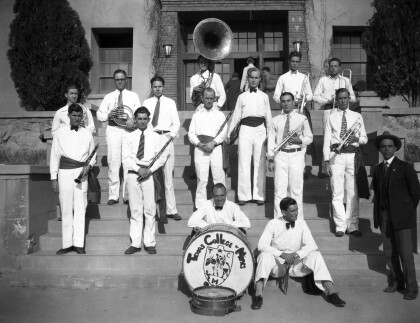
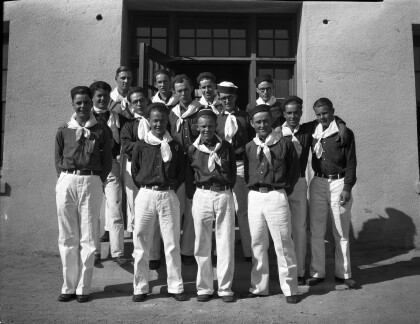
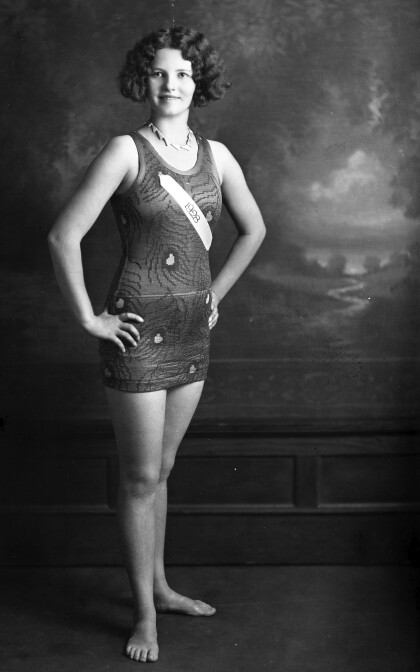


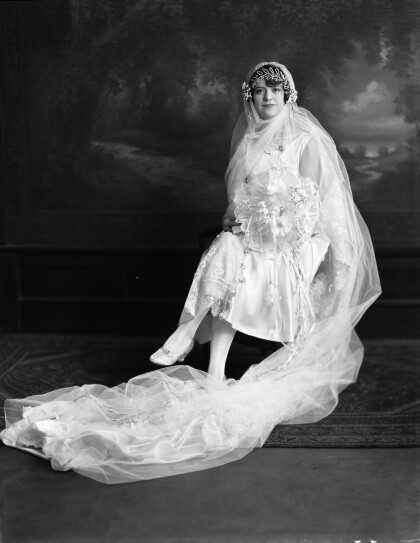
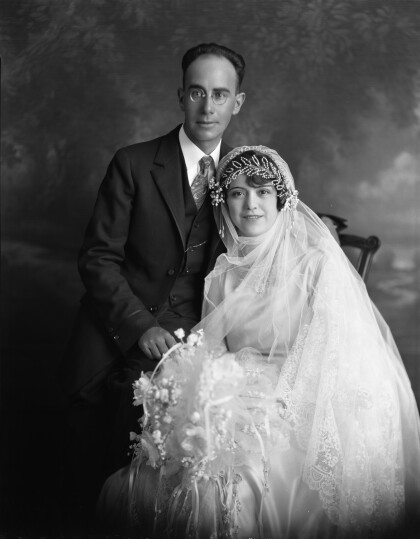
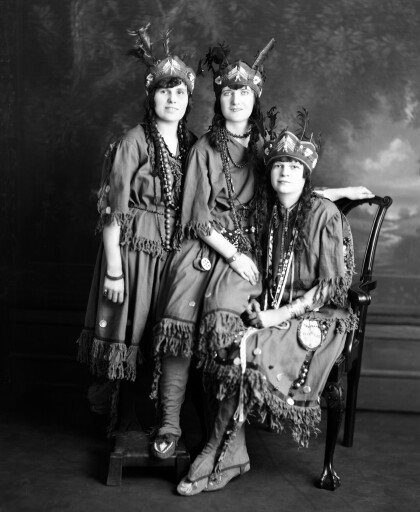

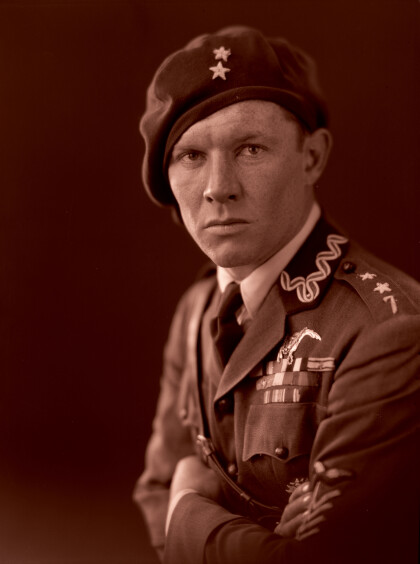
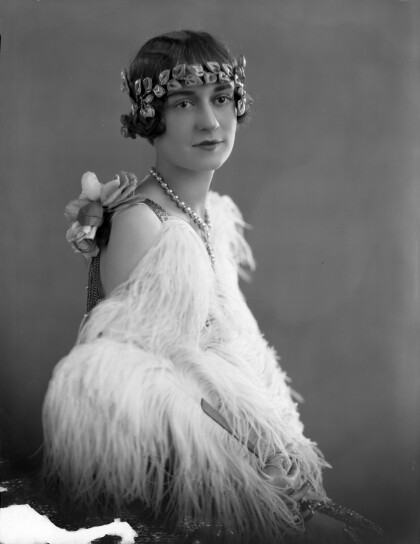

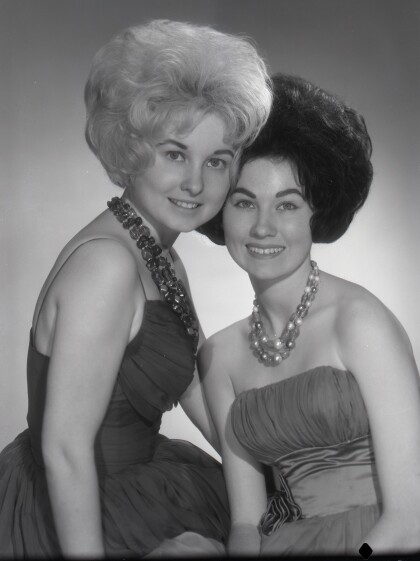
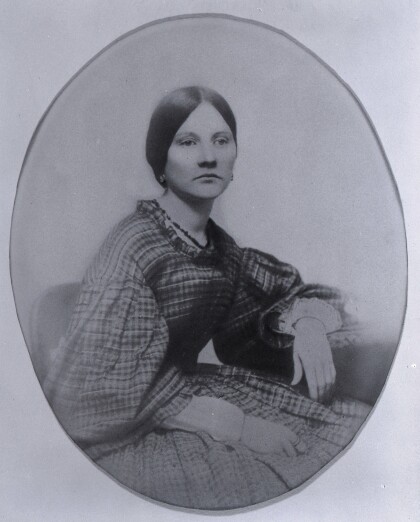
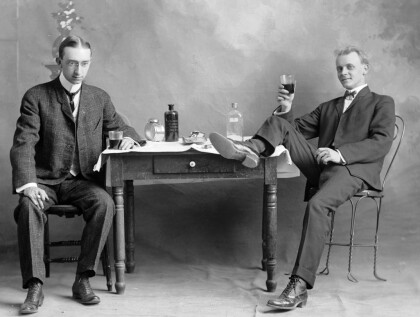
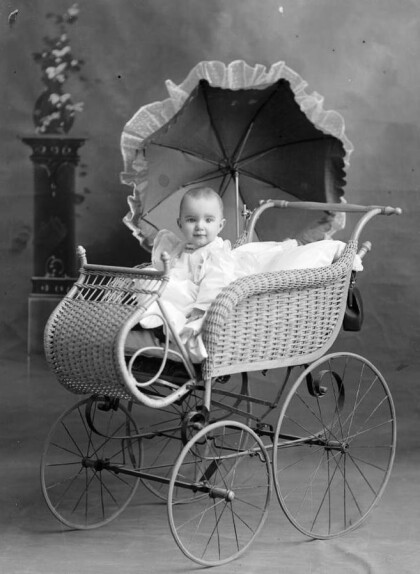
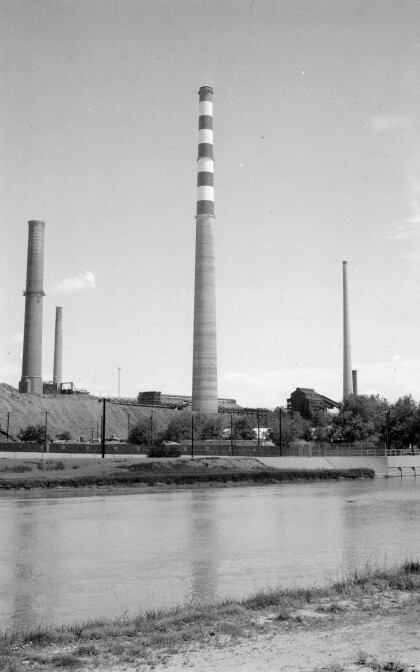
Comentarios
Hacer un comentario